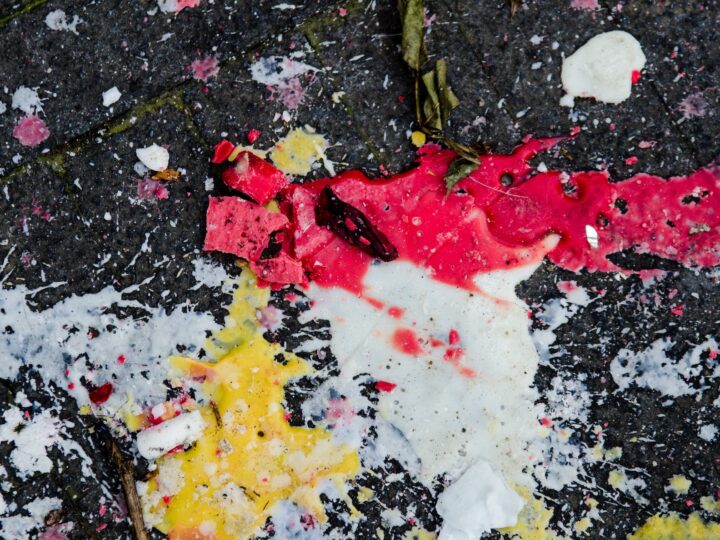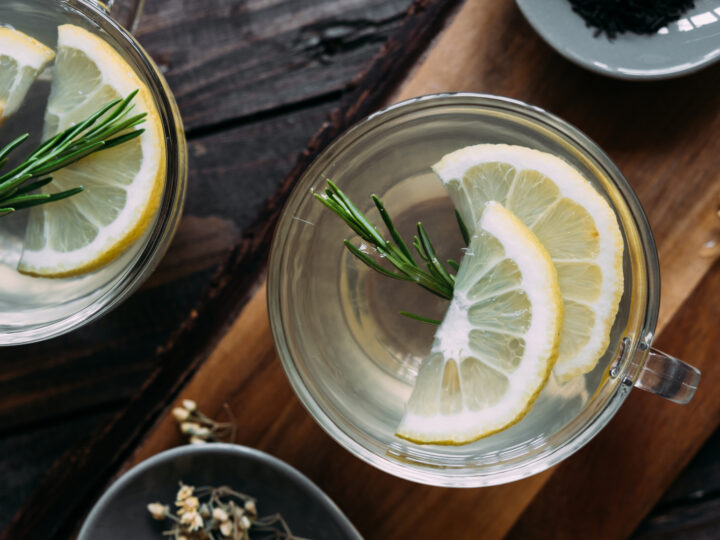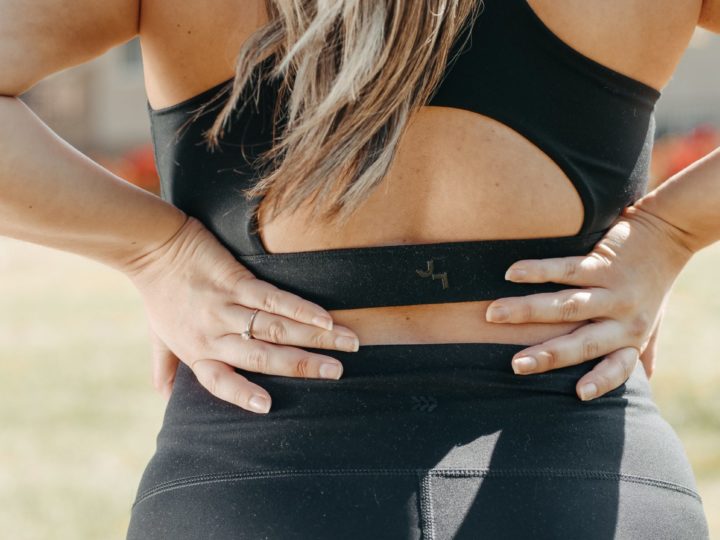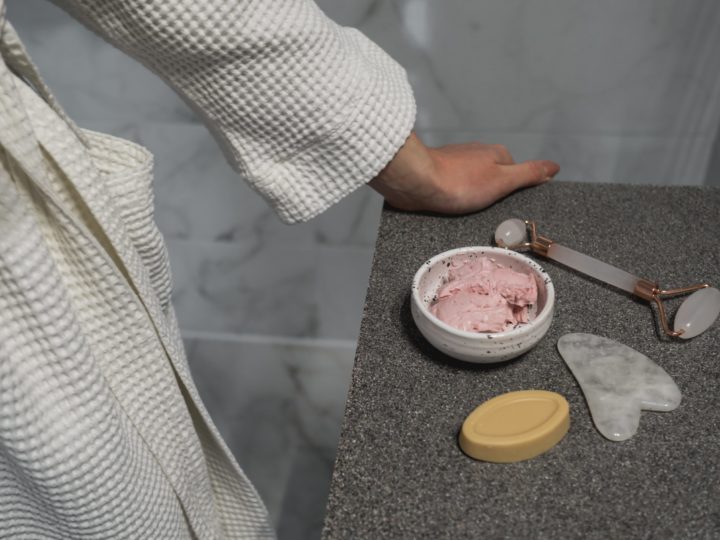GROW AN EASTERN MEDICINE GARDEN
How and Why
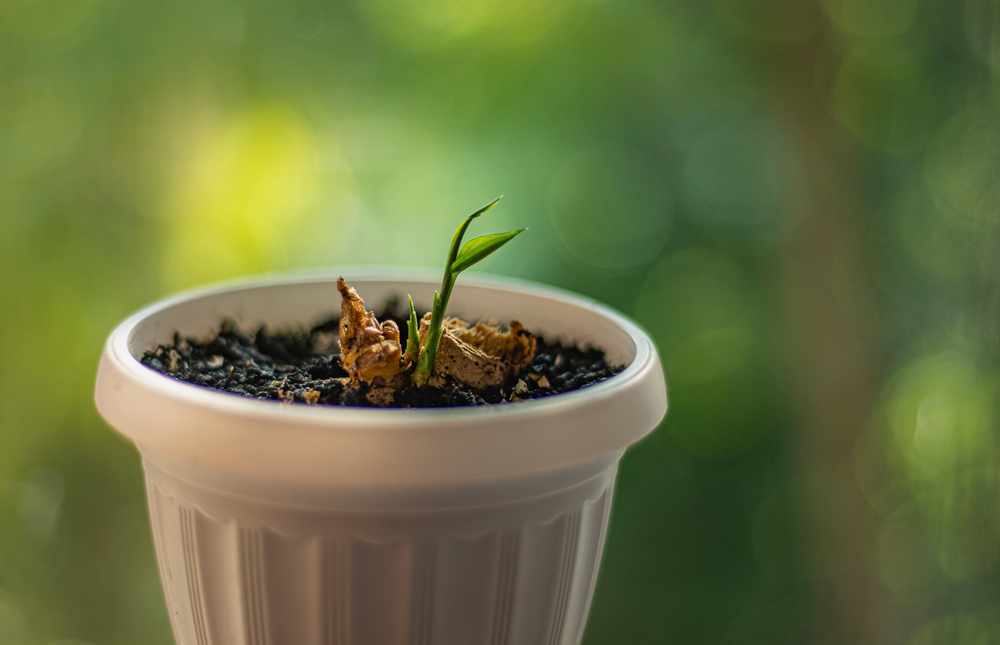
Planting season is here! Whether you have a sunny windowsill, raised beds or even a fire escape, all can be host to a bountiful home herb garden. Planting eastern herbs will keep you eating well and feeling well all year long.
Cong Bai/Green Onion
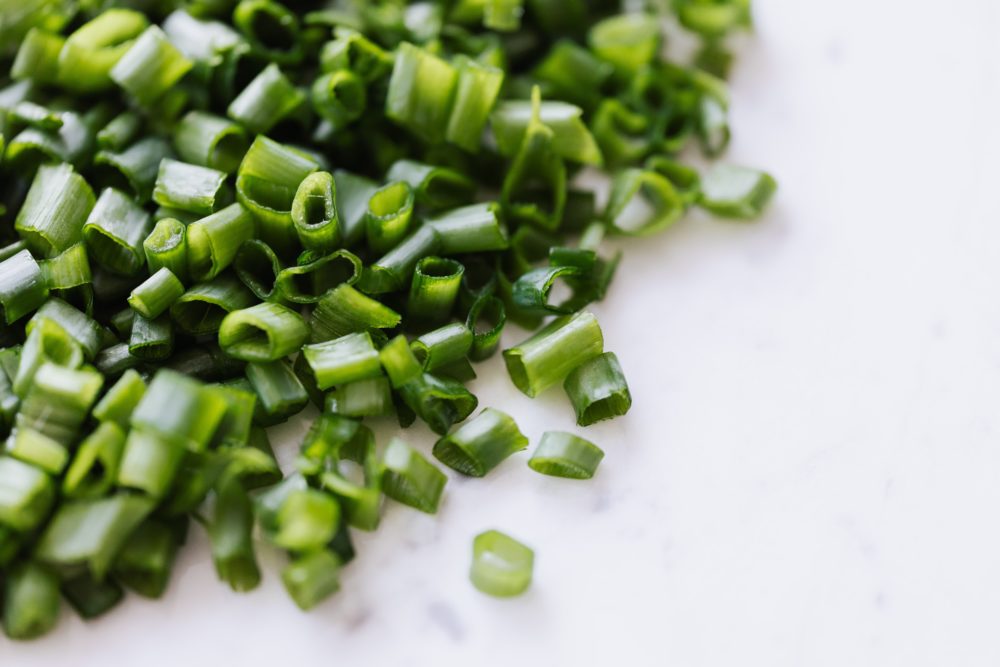 Green Onions (AKA Scallions) are pungent by nature. This food/herb promotes circulation in the body and can be very helpful if you feel a cold coming on. If you’re starting to feel congested, you can take green onions (all parts), ginger, garlic and add in soups and broths to help clear you up in no time!
Green Onions (AKA Scallions) are pungent by nature. This food/herb promotes circulation in the body and can be very helpful if you feel a cold coming on. If you’re starting to feel congested, you can take green onions (all parts), ginger, garlic and add in soups and broths to help clear you up in no time!
In addition to helping with nasal congestion, it’s also useful for relieving abdominal pain. In Chinese Medicine this wonderful herb supports the Lung and Stomach organ systems.
Shen Jiang/Ginger
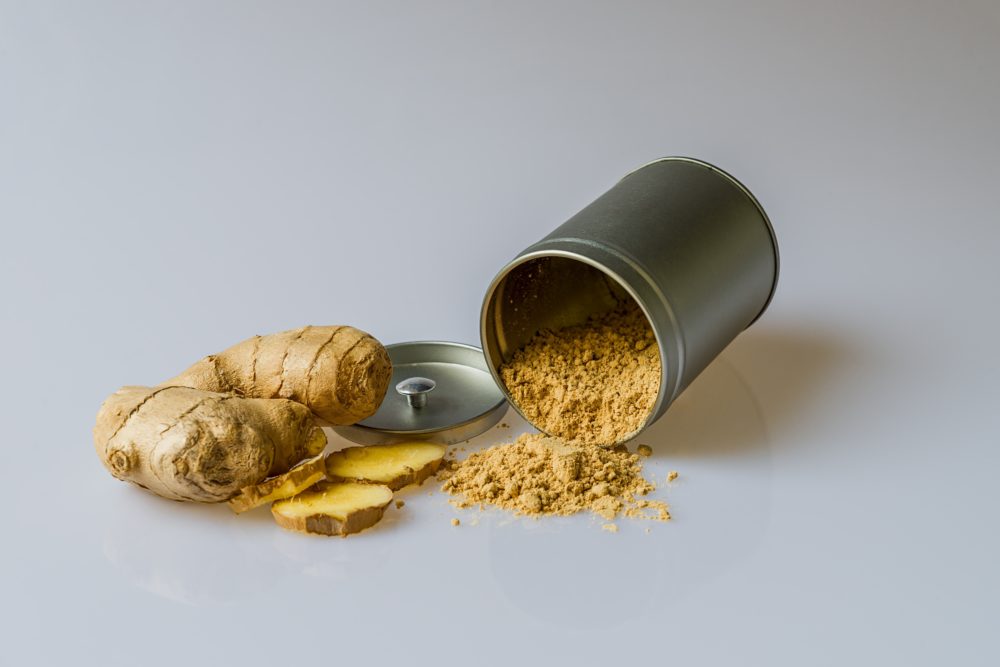 Ginger is often use to help with digestive issues, such as morning sickness, nausea, motion sickness and food poisoning. For these sorts of issues, you can use 2-4g of fresh root, adding it to a smoothie, salad or something else where you can keep the root fresh.
Ginger is often use to help with digestive issues, such as morning sickness, nausea, motion sickness and food poisoning. For these sorts of issues, you can use 2-4g of fresh root, adding it to a smoothie, salad or something else where you can keep the root fresh.
Ginger is also helpful for other things. For cold symptoms, consider brewing a ginger tea with 2 tablespoons of freshly shredded ginger steeped in boiled water 2-3 times daily. If you’re having issues with Arthritis or joint pain, you can use 2-4g of fresh root in a warm poultice or compress and apply to the painful areas for some relief.
In Eastern medicine, we think of Ginger is a warming food/herb. It helps to promote a strong “digestive fire,” and since the digestive system as being the foundation to overall health, so ginger is quite important!
The “Middle Burner” refers to Chinese dietary therapy and how you must protect the spleen and stomach by keeping the stomach at 100 degrees, aka “digestive fire.” Ginger has been used in China and India for more than 4,000 years. It is known for its sharp, spicy flavor. In addition to its culinary uses Ginger has many medicinal properties.
Ginger is thought to target the Spleen, the Stomach and the Lung systems. In TCM the Spleen assists with digestion, blood coagulation and fluid metabolism.
Bo He/Field Mint
![]() Mint is considered “cooling” in Eastern Medicine. If you think about it, that makes sense as it is wonderful with drinks like cucumber water on a hot day! Mint has a wide variety of uses for everything from sore throats and fevers to rashes and diarrhea. If you’re having issues with diarrhea, painful menstruation or lack of perspiration, it’s often taken orally as a tea or even chopped and added on top of food as a garnish.
Mint is considered “cooling” in Eastern Medicine. If you think about it, that makes sense as it is wonderful with drinks like cucumber water on a hot day! Mint has a wide variety of uses for everything from sore throats and fevers to rashes and diarrhea. If you’re having issues with diarrhea, painful menstruation or lack of perspiration, it’s often taken orally as a tea or even chopped and added on top of food as a garnish.
Mint is known to support the Liver organ system by moving “stagnation,” which is one of the most popular diagnosis in TCM. In Traditional Chinese Medicine, mint is considered to have pungent and aromatic properties.
Sang Ye/Mulberry
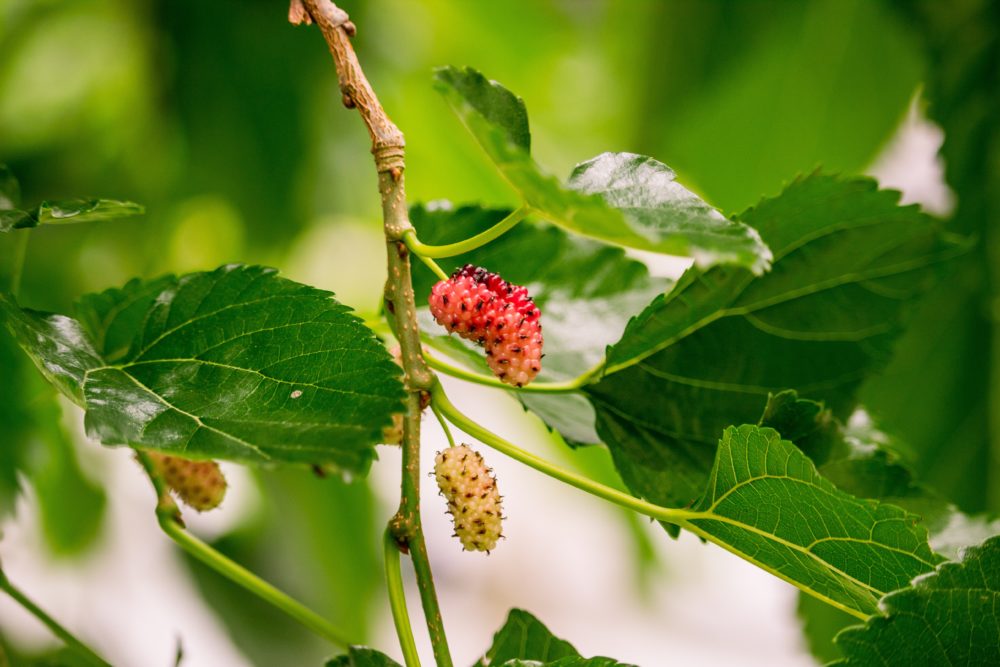 Mulberry leaves taste bitter and sweet. While bitter isn’t a taste that most people love, bitter herbs have a cleansing action on the body and promote elimination via urination or bowel movements. This helps clear “heat” in the body which may show up as headaches, sore throat or eye concerns like watery, painful, red eyes.
Mulberry leaves taste bitter and sweet. While bitter isn’t a taste that most people love, bitter herbs have a cleansing action on the body and promote elimination via urination or bowel movements. This helps clear “heat” in the body which may show up as headaches, sore throat or eye concerns like watery, painful, red eyes.
In Chinese medicine, Mulberry leaf is associated with the Liver and Lung organ systems. New research shows that mulberry leaf extracts can also play a role in the management and treatment of cardiovascular complications of diabetes. While Mulberry is amazing on its own, it is often employed in combination with other herbs, notably chrysanthemum and apricot.
Jin Yin Hua/Honeysuckle
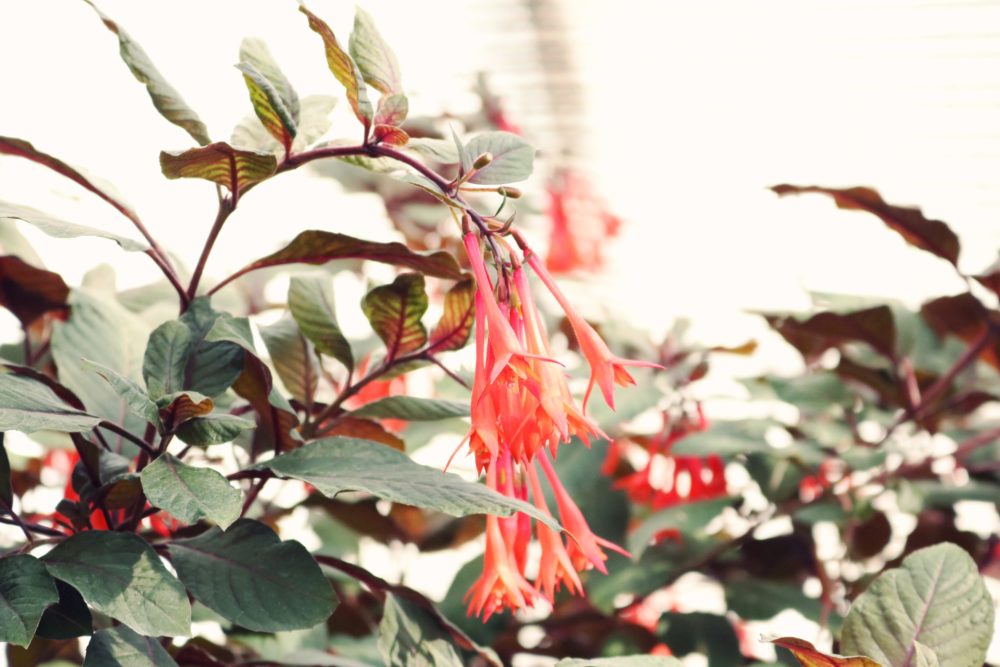 This herb can help to clear inflammatory and infectious conditions because it has both antibacterial and antiviral properties. Honeysuckle flowers taste sweet, and in Chinese Medicine we believe the sweet taste has a nourishing, tonic effect on the body, replenishing Qi and Blood and making the body stronger.
This herb can help to clear inflammatory and infectious conditions because it has both antibacterial and antiviral properties. Honeysuckle flowers taste sweet, and in Chinese Medicine we believe the sweet taste has a nourishing, tonic effect on the body, replenishing Qi and Blood and making the body stronger.
Depending on your condition, honeysuckle flowers can help restore a harmonious balance between Yin and Yang. A Chinese Medicine practitioner will focus on this in order to help bring health to the body. Honeysuckle flowers are thought to target the Stomach, the Heart and the Lung organ systems.
The flower buds are best gathered in the beginning of summer, then dried in the shade before being used in herbal remedies. Honeysuckle flower can also be applied to the skin externally.
Ma Chi Xian/Purslane
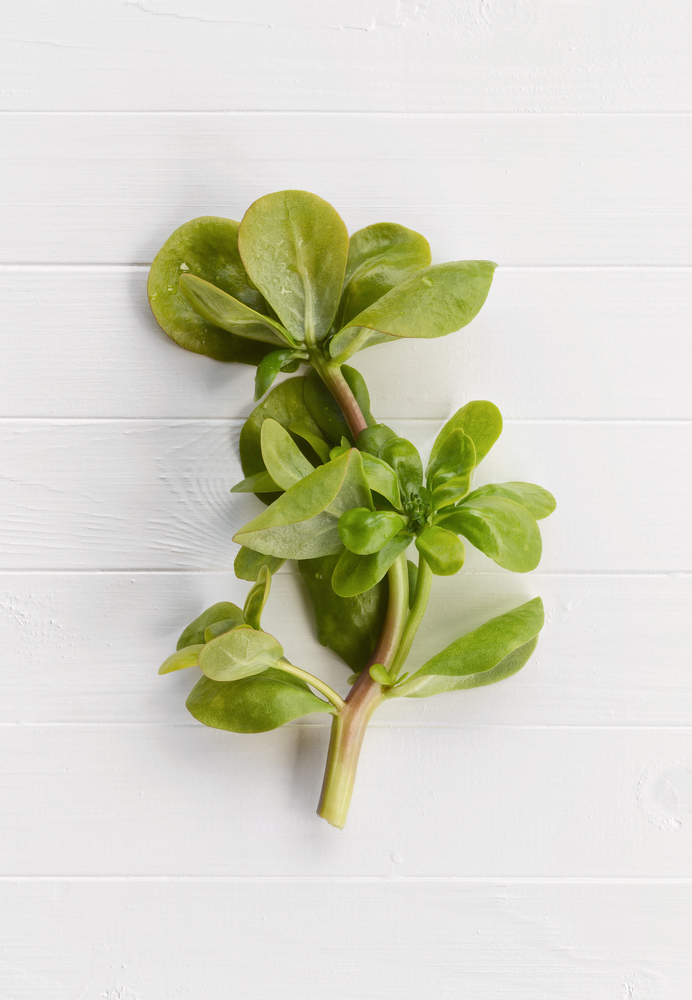 Ma Chi Xian is a fleshy green succulent with red stems and bright yellow flowers, commonly known as Purslane. Its crunchy leaves are nutritionally rich, with a subtle lemon and pepper taste. When purslane is harvested it has a significant tangy taste due to malic acid. It has been used to help clear toxins associated with reactive, sensitive and inflamed skin, and itt has high levels of Omega-3 fatty acids, high antioxidant properties and high levels of Vitamins E, C and beta-carotene. Many practitioners recommend 30 grams of fresh purslane to start, but larger amounts over 60 grams can be ground into a paste to apply to the skin. You can consume it with feta cheese, tomato, onion, garlic, oregano and olive oil or use in a lentil stew. If you pickle foods, this is great to pickle as well.
Ma Chi Xian is a fleshy green succulent with red stems and bright yellow flowers, commonly known as Purslane. Its crunchy leaves are nutritionally rich, with a subtle lemon and pepper taste. When purslane is harvested it has a significant tangy taste due to malic acid. It has been used to help clear toxins associated with reactive, sensitive and inflamed skin, and itt has high levels of Omega-3 fatty acids, high antioxidant properties and high levels of Vitamins E, C and beta-carotene. Many practitioners recommend 30 grams of fresh purslane to start, but larger amounts over 60 grams can be ground into a paste to apply to the skin. You can consume it with feta cheese, tomato, onion, garlic, oregano and olive oil or use in a lentil stew. If you pickle foods, this is great to pickle as well.
Mei Gui Hua/Rose Bud
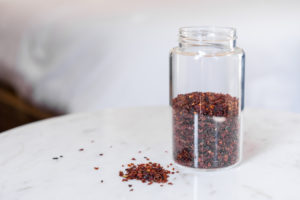 Rose flowers are plants that belong to the ‘Herbs that regulate Qi’ category. Blocked qi may show up as depression, irritability or mood swings. Rose flowers taste bitter and sweet and provide a cleansing action on the body by promoting elimination via urination or bowel movements. Rose flowers are thought to target the Spleen and the Liver organ systems. The Liver in TCM is in charge of regulating the movements of Qi and the Body Fluids and helps balancing our emotions.
Rose flowers are plants that belong to the ‘Herbs that regulate Qi’ category. Blocked qi may show up as depression, irritability or mood swings. Rose flowers taste bitter and sweet and provide a cleansing action on the body by promoting elimination via urination or bowel movements. Rose flowers are thought to target the Spleen and the Liver organ systems. The Liver in TCM is in charge of regulating the movements of Qi and the Body Fluids and helps balancing our emotions.
Although in modern times, roses are admired for their beautiful, fragrant flowers, they have a variety of medicinal and culinary uses as well. You can make a lovely rose jam. The typical dose of rose is between 3 and 6 grams of dried rose decocted in water for oral administration. As a food additive, rose petals can be immersed in water, dried, then added to salads or used as a garnish. You can also consume as a tea.
Ai Ye/Mugwort
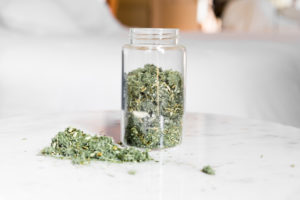 Mugwort leaf is known by many other names, including artemisia and Japanese wormwood. Mugwort helps to invigorate and stimulate blood flow for body pain or menstrual irregularities. This herb supports the Spleen, the Kidney and the Liver organ systems.
Mugwort leaf is known by many other names, including artemisia and Japanese wormwood. Mugwort helps to invigorate and stimulate blood flow for body pain or menstrual irregularities. This herb supports the Spleen, the Kidney and the Liver organ systems.
It resembles a shrub, which can reach a height of more than three feet, with small greenish-yellow flowers and alternating leaves of green, grayish green or silver. The part of the plant used for medicinal purposes is the leaf. The leaves are gathered in the spring and summer, while the plant is flowering, and dried in a shady place.
Mugwort has a special place in traditional Chinese medicine. It is the herb of choice for acupuncturists who practice moxibustion, a form of healing in which mugwort is burned over the body, on the body or on top of an acupuncture needle. Since it is an agent that increases blood circulation to the pelvic area and uterus and stimulates menstruation it is used for supporting breech births and menstrual cramps. Moxibustion can help breech babies relocate to the correct position prior to birth. Speak to your Chinese Medicine Practitioner for more information.
Growing an eastern medicine-style garden is beneficial to your health and healing and a beautiful way to bring life to your garden!
Newer
Regulating Your Body Temperature With Eastern Medicine
Older
The Effects of Adaptogens and Stimulants on the Body
Comments (0)
Leave a reply
You must be logged in to post a comment.

